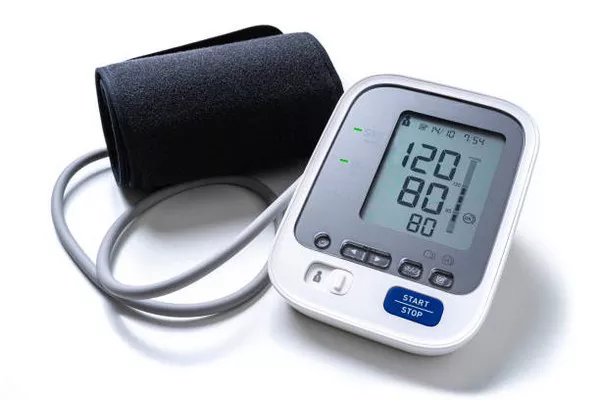Off-roading requires careful preparation, and one of the most critical aspects is tire pressure management. The right tire pressure can mean the difference between getting stuck in the mud and effortlessly navigating rough terrains. This makes a reliable tire pressure gauge an essential tool for any off-road enthusiast. In this article, we will explore the best tire pressure gauges for off-roading, their features, benefits, and how to choose the right one for your needs.
Why Tire Pressure Matters in Off-Roading
Tire pressure directly affects traction, ride comfort, and fuel efficiency. Off-road conditions demand lower tire pressure to increase the tire’s contact patch, enhancing grip and shock absorption. Conversely, driving on paved roads requires higher tire pressure to ensure stability, fuel economy, and reduced tire wear. Having a precise and reliable tire pressure gauge ensures that you can adjust your tire pressure accordingly.
Types of Tire Pressure Gauges
There are three primary types of tire pressure gauges, each with its own advantages and disadvantages:
1. Analog (Dial) Tire Pressure Gauges
Analog tire pressure gauges use a mechanical dial to display readings. These are highly durable and do not require batteries, making them ideal for rugged outdoor use. However, they may be slightly less accurate than digital gauges and require careful reading.
2. Digital Tire Pressure Gauges
Digital gauges provide precise and easy-to-read measurements. They often include backlit displays, which are helpful for nighttime or low-light conditions. However, they require batteries, which can be a downside in remote areas.
3. Stick (Pencil) Tire Pressure Gauges
Stick gauges are compact and simple to use. They function by using an internal spring mechanism that pushes out a measuring stick when air pressure is applied. These are lightweight and durable but may not be as accurate or easy to read as digital or dial gauges.
Features to Consider When Choosing a Tire Pressure Gauge for Off-Roading
When selecting a tire pressure gauge for off-roading, consider the following factors:
1. Accuracy and Precision
Off-roaders need accurate pressure readings, especially when adjusting pressure for different terrains. Look for a gauge with high precision, typically within +/- 1 PSI accuracy.
2. Durability and Build Quality
Off-roading exposes equipment to dust, moisture, and rough handling. Choose a gauge made from rugged materials like brass or reinforced rubber to withstand harsh conditions.
3. Measurement Range
Most off-roaders air down to 10-20 PSI, so a gauge with a wide range (0-60 PSI or even 0-100 PSI) is ideal for versatility.
4. Ease of Use
A gauge should be easy to read and operate. Digital models often feature illuminated displays, while analog models should have a large, clear dial.
5. Deflator Functionality
Some tire pressure gauges come with built-in deflators, allowing you to air down efficiently. This feature is particularly useful for quick adjustments before hitting the trails.
6. Portability
Compact and lightweight gauges are preferable for carrying in your off-road kit. A protective case is a bonus to keep the gauge safe from damage.
Top Tire Pressure Gauges for Off-Roading
1. JACO ElitePro Tire Pressure Gauge (Analog)
Pros:
Heavy-duty construction
Easy-to-read 2-inch glow dial
No batteries required
Accurate within 1% of the exact pressure
Cons:
Slightly bulkier than digital models
2. Rhino USA Heavy-Duty Tire Pressure Gauge (Analog)
Pros:
Solid brass and steel construction
Large, easy-to-read dial with glow-in-the-dark feature
75 PSI max range
Cons:
Not as precise as digital models
3. AstroAI Digital Tire Pressure Gauge
Pros:
High-precision digital display
Backlit for night-time use
Easy one-button operation
Cons:
Requires batteries
Less durable than analog models
4. ARB E-Z Deflator Digital Gauge
Pros:
Quick and accurate deflation feature
Backlit digital display
Rugged build quality
Cons:
Higher price point
5. Boulder Tools Heavy-Duty Tire Deflator Kit
Pros:
Built-in deflator function
Durable brass and steel construction
Ideal for rapid air-down process
Cons:
Bulkier than standalone gauges
How to Use a Tire Pressure Gauge for Off-Roading
Check Tire Pressure Before Airing Down
Use your gauge to measure the current pressure.
Compare it with the recommended off-road PSI for your terrain.
Deflate Tires as Needed
Use a deflator gauge or a separate deflator tool.
Monitor pressure carefully to avoid excessive deflation.
Reinflate Tires When Returning to Pavement
Use an air compressor and check pressure with your gauge.
Ensure proper inflation for highway speeds and load-bearing.
Conclusion
A high-quality tire pressure gauge is a must-have for off-roaders. Whether you choose an analog, digital, or stick gauge, the key is reliability, accuracy, and durability. Brands like JACO, Rhino USA, and ARB offer excellent options to keep your tires at the optimal pressure for every terrain. Investing in the right gauge will not only improve your off-road experience but also extend the lifespan of your tires and ensure safety on every adventure.

